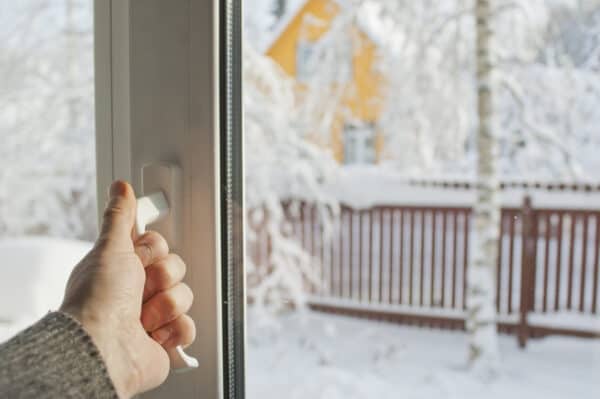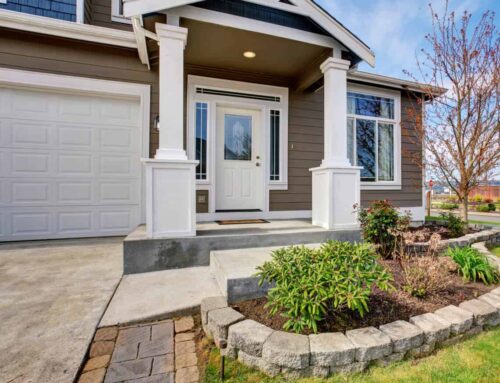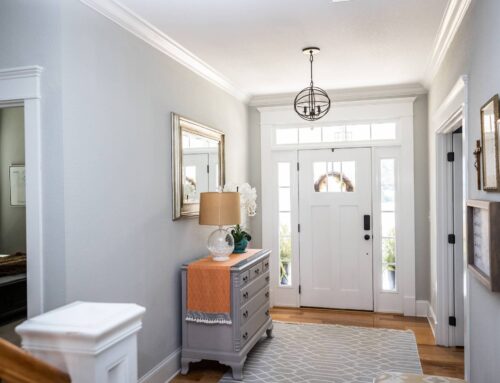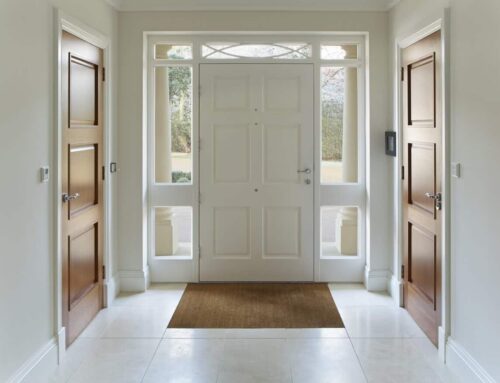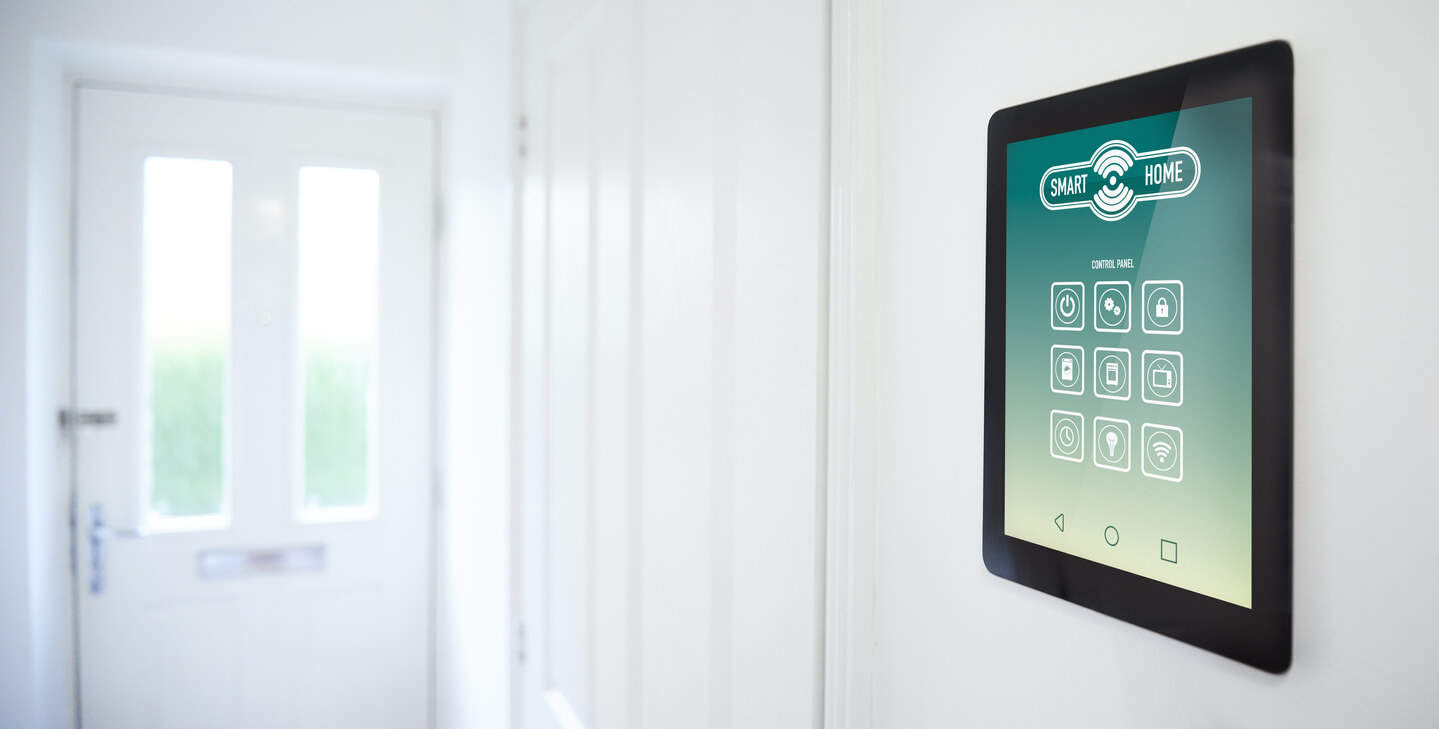
According to the U.S. Department of Energy, upgrading exterior doors can significantly improve a home’s energy efficiency. While weatherstripping can help, you will still experience energy loss through conduction. This is caused by old, uninsulated, improperly installed exterior doors.
Contents
Contents
Selecting the Right Front Door Matters
You can save money on energy bills by upgrading to an energy-efficient door. Here’s how the simple choice of a new entry door can affect your home’s energy costs and efficiency.
A door can affect how much heat is transmitted directly and/or absorbed and released inside a home.
If you want to learn what makes a window or door energy-efficient, familiarize yourself with the solar heat gain coefficient (SHGC). This number tells you the fraction of solar radiation that is transmitted directly and/or absorbed and released through a window, door, or skylight. The number ranges from 0-1.
If you live in a region requiring a lot of air conditioning, you must look for a door with a low SHGC. The lower the SHGC, the less solar heat it transmits and the greater its shading ability.
Conversely, if you live in an area requiring a lot of heating, you must purchase doors and windows with a higher SHGC rating. These products are more effective at collecting solar heat during the winter.
Besides paying attention to your local climate, you also need to consider your home’s orientation and shading to determine the best choice for your exterior or patio doors.
A door can keep heat from escaping from inside the home.
If you spend a lot of money heating your home, you understand the importance of purchasing energy-efficient entry doors. Some products do better keeping heat inside your home than others. This ability is measured in what is called a U-Factor.
The lower the U-Factor, the better a product keeps heated air inside your home during the winter. U-Factor numbers range between 0.20–1.20.
It’s important to understand that sometimes manufacturers report a U-factor on a product that refers to just the glass or glazing alone. When comparing U-factors, look at the data reported on the National Fenestration Rating Council (NFRC) label. The NFRC U-factor ratings represent the entire product’s performance, including frame and spacer material.
The glass in your door can let in daylight while blocking heat gains.
Most people want to let natural light inside their homes, but not if it increases energy consumption. That’s why it’s important to pay attention to the type of glass used on your new entry and storm doors – especially sliding glass doors.
Visible transmittance (VT) tells how much sunlight is perceived to come through glass inserts. A product with a higher VT transmits more visible light.
The light-to-solar gain (LSG) ratio is determined by the product’s VT and SHGC. This number provides a gauge of the relative efficiency of different glass in transmitting daylight while blocking heat gains. The higher the number, the more light is transmitted without adding excessive heat.
How to Select Exterior Doors with Energy Efficiency in Mind
You may have had your eye on a beautiful solid wood door, but steel doors are much more energy efficient and can mimic the look of wood doors. Here’s how to select a door with energy savings in mind.
- Analyze the NFRC label, which we mentioned earlier in this article. This label will help you compare the energy performance ratings of doors.
- Look for the Energy Star label. Energy Star labels help identify products that offer superior energy efficiency for a particular climate.
- Contact Woodbridge Home Solutions in Texas, Oklahoma, or Kansas. We will help you select the most energy-efficient doors for your climate zone. Plus, we guarantee our products and installation.
Give Woodbridge Home Solutions a call today to schedule a free in-home consultation.
Key Takeaways About Energy-Efficient Doors
- Air leakage is vital to block, but a lot more goes into choosing energy-efficient products.
- A door can make a difference in how much heat is transmitted directly and/or absorbed and released inside a home.
- A door can keep heat from escaping from inside the house.
- The glass in your door can let in daylight while blocking heat gains.


